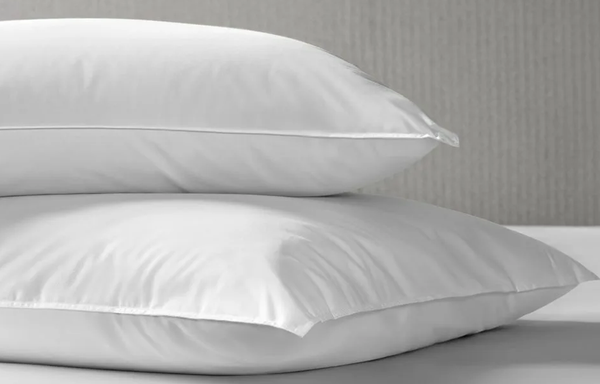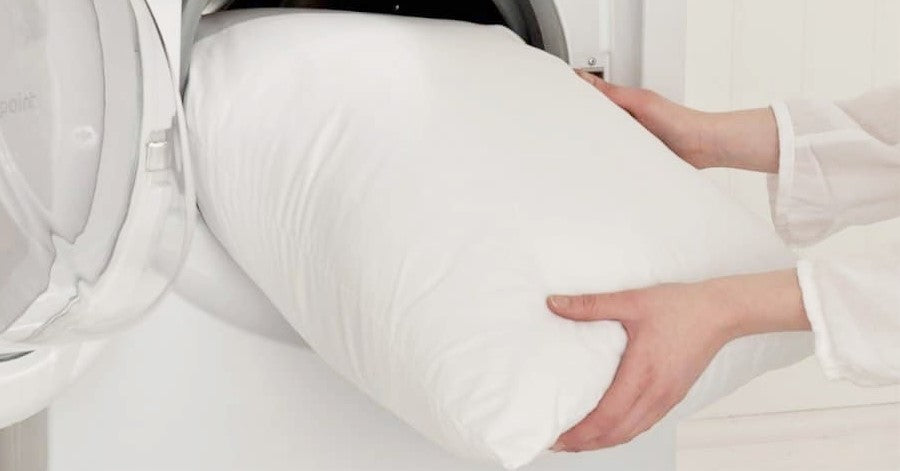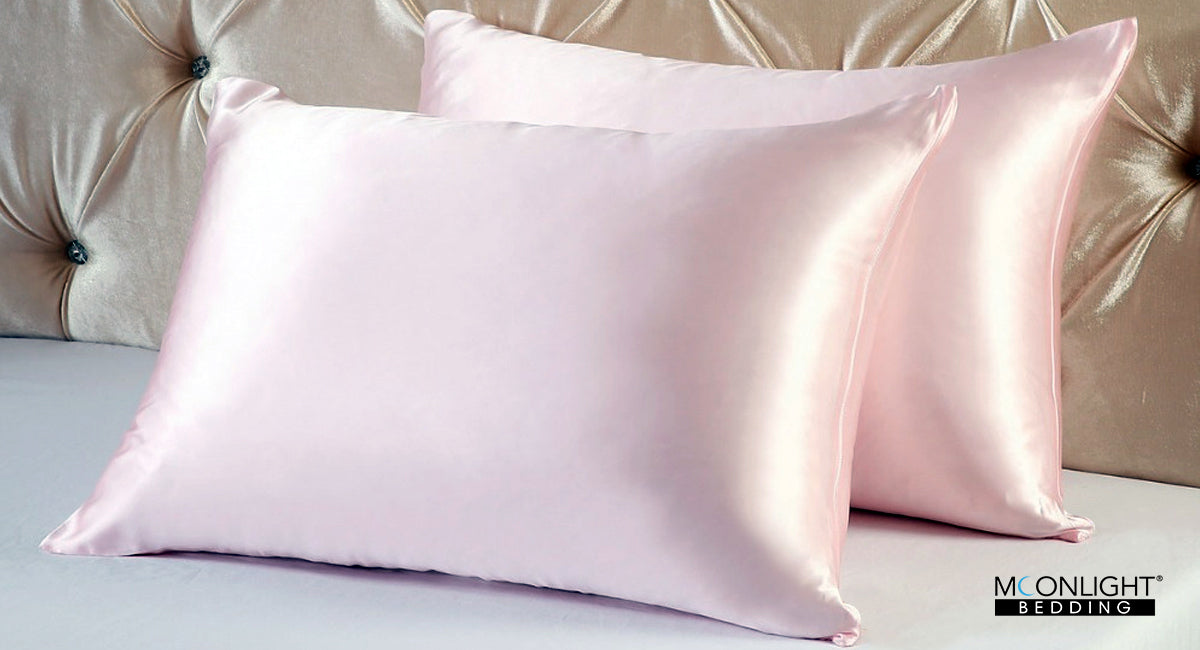Pillows play a crucial role in providing a comfortable and restful sleep, but they can accumulate dirt, oils, and allergens over time. Regular washing not only ensures a hygienic sleep environment but also prolongs the life of your pillows. However, not all pillows can be treated the same way. This comprehensive guide will delve into the specifics of washing different pillow types, providing valuable tips and tricks for maintaining a clean and healthy sleeping space.
Pillow Types
A. Feather Pillows
Feather pillows, known for their luxurious feel, require careful handling during washing. The delicate feathers can clump together if not washed properly, affecting the pillow's overall fluffiness.

B. Memory Foam Pillows
Memory foam pillows conform to the shape of your head and neck, providing excellent support. Cleaning them, however, requires special considerations to prevent damage to the foam.

C. Synthetic Pillows
Synthetic pillows, often made from materials like polyester, are known for their hypoallergenic properties. They are generally more durable and more accessible to wash compared to other types.

Preparing Pillows for Washing
A. Removing Pillowcases
Start by removing pillowcases and shams. Check for loose threads or weak seams that may need repair before washing.
B. Checking for Stains and Damages
Inspect the pillows for stains or damages. Addressing these issues before washing prevents them from setting during the cleaning process.
C. Reading Care Labels
Always check the care labels on your pillows. They provide essential information regarding washing instructions, ensuring you follow the manufacturer's recommendations.
General Pillow Washing Guidelines
A. Choosing the Right Detergent
Opt for a mild detergent to avoid harsh chemicals damaging the pillow's fabric or filling. Consider using a hypoallergenic option if you have sensitivities.
B. Water Temperature Recommendations
Follow the care labels to determine the appropriate water temperature. In general, using warm water is sufficient for most pillow types.
C. Selecting the Appropriate Washing Machine Cycle
Choose a gentle or delicate cycle to protect the integrity of the pillow's filling and cover. Avoid high-speed spins that could damage the fabric or distort the shape.
How To Wash Feather Pillows?
Place two pillows in the washing machine to balance the load and prevent the feathers from clumping. Adding a couple of tennis balls wrapped in clean socks helps maintain fluffiness. Air-dry feather pillows whenever possible. If using a dryer, set it to low heat and include dryer balls to prevent clumping. Fluff the pillows periodically during the drying process.
How To Wash Memory Foam Pillows?
Avoid using a washing machine for memory foam pillows, as the agitation can damage the foam. Instead, spot clean with a mild detergent and water. Allow ample time for drying. Excessive moisture can lead to mould and mildew in memory foam. When spot cleaning, use a damp cloth rather than saturating the pillow. Ensure thorough air drying in a well-ventilated area.
How To Wash Synthetic Pillows?
Synthetic pillows resist allergens, but regular washing helps maintain their hypoallergenic properties. Use a mild detergent and a gentle washing cycle. For synthetic pillows, tackle stains promptly—pre-treat stains with a mixture of water and mild detergent before washing. Avoid using bleach, as it can damage the synthetic materials.
Drying Pillows
A. Air Drying vs. Machine Drying
Whenever possible, air-dry pillows in direct sunlight. Sunlight not only aids in drying but also provides natural disinfection. If using a dryer, choose a low-heat setting to prevent damage.
B. Ensuring Thorough Drying
Ensure satin pillowcases are completely dry before returning them to your bed. Moisture left in the filling can lead to mould growth and an unpleasant odour.
Pillow Protectors and Covers
A. Importance in Pillow Maintenance
Invest in pillow protectors to shield your pillows from stains, allergens, and dust mites. Wash protectors regularly to maintain a clean sleep environment.
B. Cleaning Pillow Protectors
Pillow protectors are typically machine washable. Follow the care instructions on the label and avoid using harsh chemicals that could compromise their protective qualities.
Sunlight Exposure for Pillows
A. Natural Disinfection Benefits
Exposing pillows to sunlight has natural disinfection benefits. Sunlight helps kill bacteria and eliminate odours, providing a fresh and clean sleeping surface.
B. Avoiding Overexposure
While sunlight is beneficial, avoid overexposing pillows, as prolonged exposure can lead to fading. Aim for a few hours of direct sunlight every few months.
How To Remove Stains and Odor For Pillows
- Blood Stains: Treat promptly with cold water and a mild detergent for blood stains. Avoid hot water, as it can set the stain. If the stain persists, consider using an enzymatic cleaner.
- Sweat Stains: Pre-treat with vinegar and water to tackle sweat stains. Wash the pillow with a mild detergent, and add baking soda to the wash to neutralise odors.
- Other Common Stains: Identify the stain type and use an appropriate stain remover for other stains. Always test a small, inconspicuous area first to ensure the product doesn't damage the fabric.
Frequently Asked Questions
Can I wash any pillow type in the washing machine?
While many pillows can be machine-washed, following care instructions is crucial. Memory foam pillows, for instance, are better spot-cleaned, while feather and synthetic pillows can generally withstand machine washing.
How often should you change your pillows?
Ideally, pillows should be replaced every 1-2 years. However, if you notice signs of wear, such as a flattened filling or an unpleasant odour, it may be time to replace them sooner.
What are alternative methods for drying pillows?
Apart from air and machine drying, some pillows can benefit from gentle fluffing in the dryer without heat. This helps restore their shape without subjecting them to the drying process.
Conclusion
Maintaining clean and fresh pillows is essential for a healthy and comfortable sleep environment. By understanding the specific needs of different pillow types and following these washing tips and tricks, you can extend the life of your pillows and ensure a restful night's sleep. Regular care, from pillow protectors to sun exposure, promotes overall well-being and a cleaner and more hygienic sleeping space. Take the time to care for your pillows, and they'll continue to provide the support and comfort you need for years.



